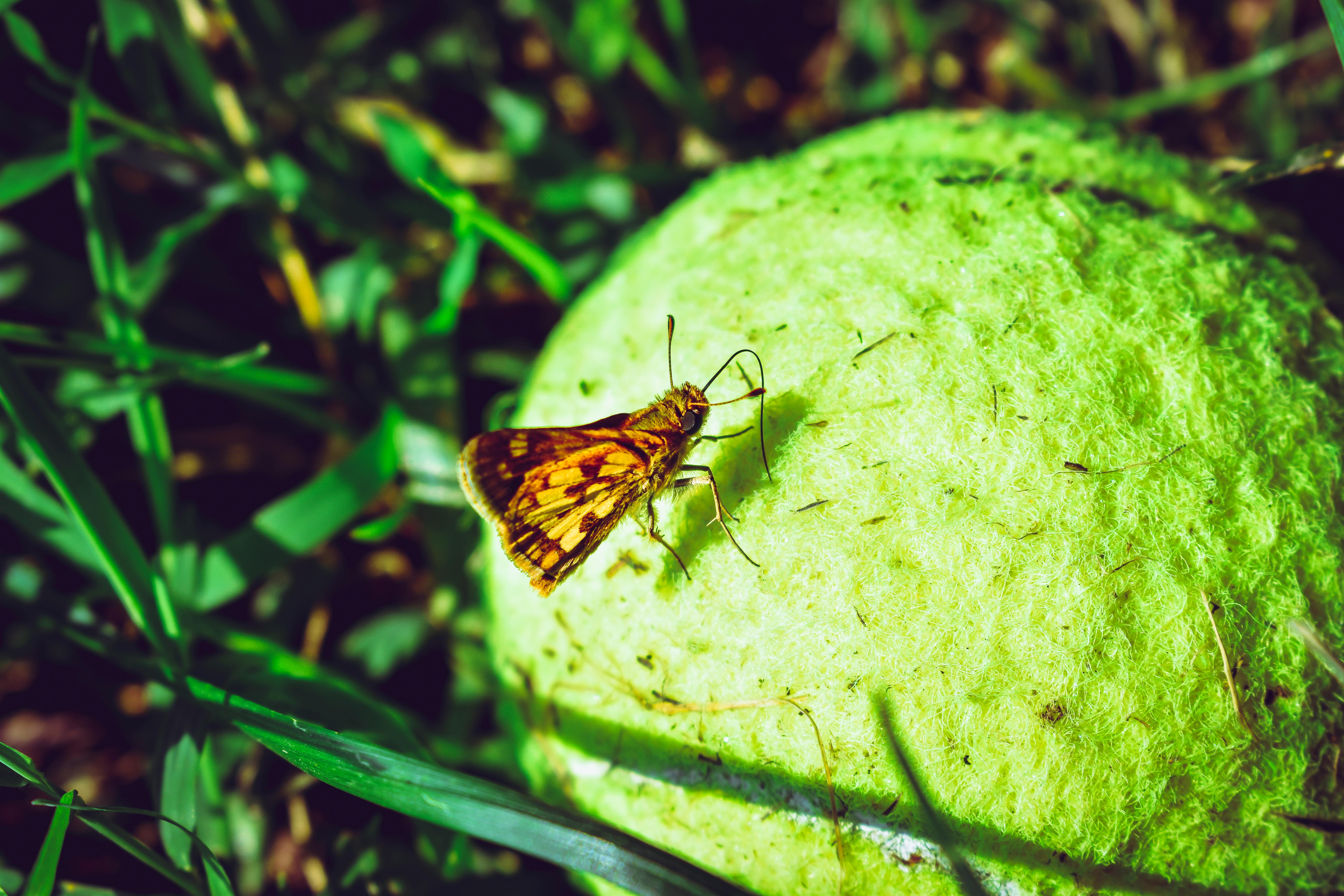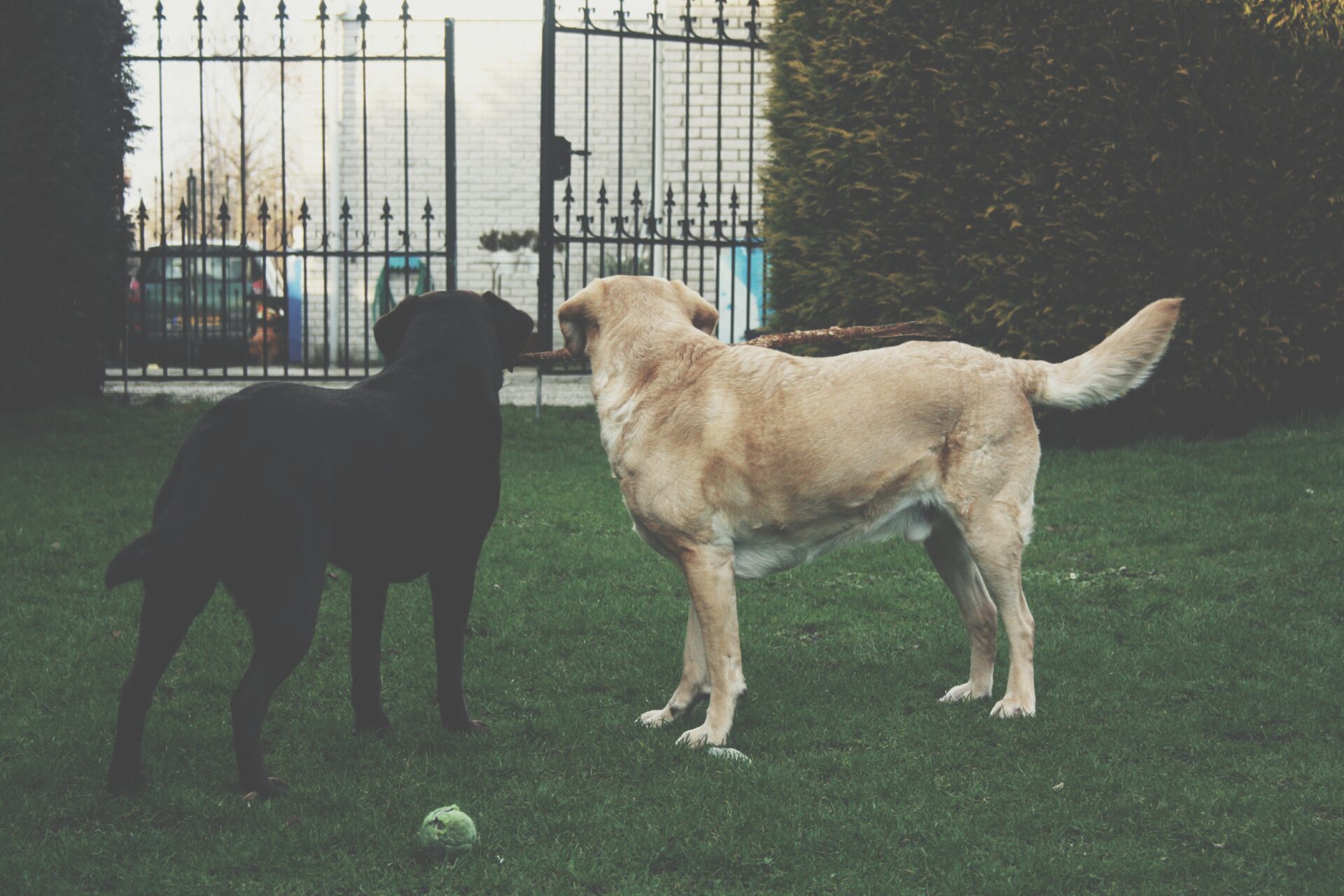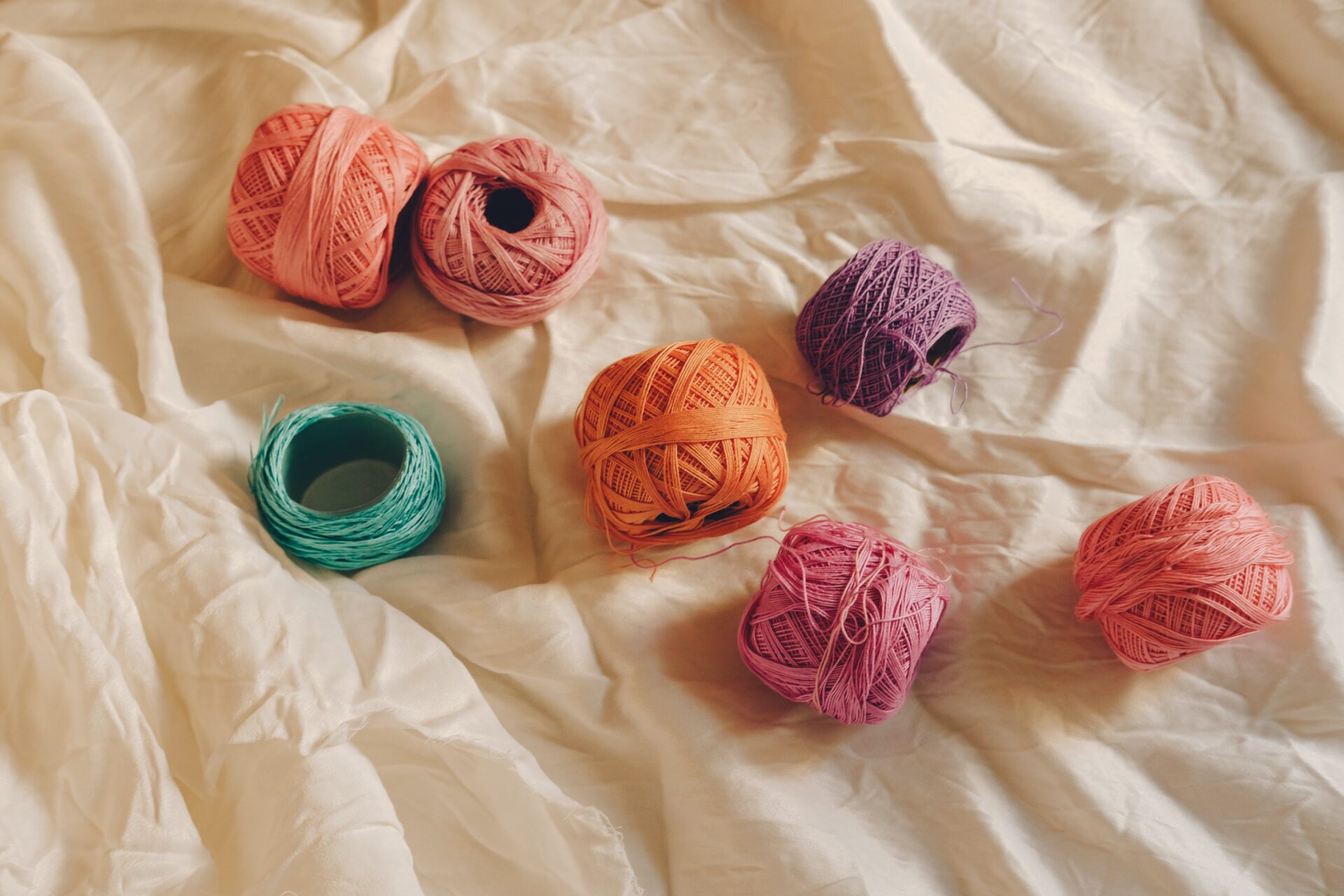Moth balls are a common household pest control item, but many pet owners may not be aware that they can be toxic to dogs. While moth balls are intended to kill moths and other pests, they contain chemicals that can be harmful or even deadly if ingested by a pet. In this article, we’ll discuss the potential dangers of moth balls to dogs and what pet owners should do if their dog comes into contact with them.Yes, moth balls are toxic to dogs. Ingestion of moth balls can cause symptoms such as vomiting, diarrhea, central nervous system depression, and difficulty breathing. If your dog has ingested moth balls, seek veterinary care immediately.
What Are Moth Balls Made Of?
Mothballs are small balls of chemical pesticide and deodorant, usually made of either naphthalene or paradichlorobenzene. The chemical is added to the balls in either a solid or liquid form and then they are dried to form the actual mothballs. These two chemicals have very strong odors and are toxic to moths, larvae, and other insects. They are often used in closets and other enclosed spaces to repel moths and other insects.
Naphthalene is a white crystalline solid with a characteristic odor that is used as an insect repellent as well as for its deodorizing properties. It can be found in many consumer products, such as toilet bowl cleaners, air fresheners, mothballs, shoe polish and carpet deodorizers. Naphthalene is highly flammable and must be handled with care.
Paradichlorobenzene is a white crystalline solid with a pungent odor that is often used in mothballs and toilet bowl blocks. It is also found in many air fresheners, carpet deodorizers, shoe polish and furniture polishes. Paradichlorobenzene is also highly flammable and must be handled with care.
Both naphthalene and paradichlorobenzene are considered hazardous chemicals by the U.S Environmental Protection Agency (EPA). Although these chemicals can be effective at repelling moths, they can also have adverse health effects on humans when inhaled or absorbed through skin contact. As such, it is important to use caution when using mothballs or any other product containing these chemicals.
It’s always best to use caution when using any type of pesticide or insect repellent in your home or business environment – even if it’s labeled “natural” or “organic” – due to the potential for adverse health effects from exposure to chemical ingredients like naphthalene or paradichlorobenzene found in mothballs.
How Do Moth Balls Work?
Mothballs are a type of pesticide used to repel insects like moths and silverfish. In most cases, mothballs contain naphthalene or paradichlorobenzene (PDB). These chemicals are toxic to these types of insects, but have a low toxicity for humans and other higher animals. Mothballs work by releasing vapors that are inhaled by the insects, which can then kill them or drive them away. The vapors can also act as a deterrent to keep the insects from entering an area.
The vapors released by mothballs are typically not dangerous to humans in small amounts, but they can be irritating and unpleasant. Additionally, it’s important to note that prolonged exposure to mothball vapors can be harmful to people with certain medical conditions, such as asthma or respiratory sensitivities. It’s also important to keep mothball products away from children and pets, as they may accidentally ingest the product or try to play with it.
When using mothballs, it’s recommended that they be placed in air-tight containers or bags and kept out of reach of children and pets. It’s also advisable to open windows when using mothballs in order to allow fresh air into the room and reduce the concentration of the fumes inside the room. Finally, you should never mix mothballs with other products as this could cause dangerous chemical reactions that could harm you or your family.
Potential Dangers of Moth Balls To Dogs
Moth balls are an effective way to keep away moths and other insects, but they can also be dangerous for dogs. These small balls of chemicals can contain substances that are toxic to pets and humans. Ingestion of moth balls can cause a variety of symptoms in dogs, from vomiting to seizures. In some cases, it can even be fatal.
Moth balls are made with a chemical called naphthalene, which is toxic to dogs. In addition, some mothballs contain paradichlorobenzene, another chemical that is also toxic to pets. Both chemicals cause a range of symptoms when ingested, including nausea, vomiting, diarrhea, lethargy and tremors. In severe cases, ingestion of moth balls can cause seizures or even death in dogs.
Inhalation of the fumes from mothballs is also dangerous for dogs. The fumes can irritate the lungs and cause breathing difficulties. It can also cause skin irritation if the dog has direct contact with the mothballs or if they are placed too close to where the dog sleeps or plays.
If you suspect your dog has ingested mothballs or has been exposed to their fumes, it is important to seek veterinary attention immediately. Treatment will depend on the severity of the symptoms and may involve medications such as anti-nausea drugs or fluids for dehydration caused by vomiting and diarrhea. Early treatment may help prevent more serious complications from developing.
To avoid potential dangers of mothballs to your dog, it is best not to use them in areas where your pet has access or spends a lot of time. If you need to use them at home, make sure they are kept in a secure container away from where your pet spends most of its time and check regularly that they have not been disturbed by your pet or other animals in the house.
Can Moth Ball Exposure Cause Poisoning in Dogs?
Moth balls are a common household item, and while they may be effective in keeping moths away, they can also be dangerous for your dog. Exposure to moth balls can cause poisoning in dogs, leading to a range of health problems. It’s important to understand the risks of moth ball exposure so you can take steps to protect your pet.
Moth balls contain a chemical called naphthalene, which is toxic when ingested or inhaled. If your dog comes into contact with moth balls, it could become poisoned by ingesting the chemical or absorbing it through the skin. Symptoms of naphthalene poisoning in dogs include vomiting, diarrhea, excessive drooling, lethargy, seizures, and even coma. If you suspect your dog has been exposed to moth balls and is exhibiting any of these symptoms, get them to a vet as soon as possible for treatment.
It’s important to keep all moth balls out of reach of pets and children. Store them in sealed containers that cannot be opened by any animal or person and keep them away from areas where your pet spends time. You should also avoid using moth balls if other methods of pest control are available since they can be dangerous if not used properly. If you must use them, make sure they are placed out of reach and kept away from your pet at all times.
It’s also important to keep an eye on your pet if you think they may have been exposed to moth balls as symptoms can develop quickly. If you notice any changes in their behavior or health after exposure, contact your vet immediately for advice on how best to proceed with treatment.
By taking necessary precautions and being aware of the risks associated with moth ball exposure, you can help keep your pet safe from harm.

Symptoms of Moth Ball Poisoning in Dogs
Moth ball poisoning in dogs is a serious condition that can potentially cause life-threatening side effects. Symptoms of moth ball poisoning can include vomiting, diarrhea, depression, anorexia, difficulty breathing, seizures, and even death. With prompt medical treatment, most dogs can recover from moth ball poisoning if it is caught early enough.
The main symptom of moth ball poisoning is gastrointestinal upset. This includes vomiting and diarrhea which may be accompanied by excessive drooling or foaming at the mouth. Other symptoms could include depression or loss of appetite (anorexia), as well as difficulty breathing or labored breathing. Seizures are another possible symptom of moth ball poisoning in dogs.
If your dog has been exposed to moth balls and shows any signs of illness or distress, take your pet to a veterinarian immediately for treatment. If you suspect your dog has eaten moth balls or been exposed to them in any way, take your pet to the vet right away for diagnosis and treatment as soon as possible.
Moth Ball Poisoning in Dogs
Moth ball poisoning can be a serious issue for dogs and other animals. It is important to know the signs and symptoms of exposure, as well as how to treat it if your pet has been exposed. Moth balls typically contain either naphthalene or paradichlorobenzene, both of which are toxic if ingested. Symptoms of moth ball poisoning in dogs can include vomiting, diarrhea, lack of appetite, dehydration, anemia, and even seizures. If your dog has been exposed to moth balls, it’s important to seek veterinary care right away.
Treatment for moth ball poisoning in dogs depends on the severity of the exposure and the amount ingested. Usually, treatment involves decontamination through inducing vomiting or gastric lavage (stomach pumping) as soon as possible after exposure. Intravenous fluids may also be administered to help flush out the toxins and restore electrolyte balance. Charcoal may also be given orally to absorb any remaining toxins in the stomach. Your veterinarian may also prescribe medications such as antacids or anti-nausea drugs to help reduce discomfort and facilitate recovery.
In more severe cases, treatment may require hospitalization so that oxygen therapy and other supportive care can be provided until your pet’s condition improves. In some cases, surgery may even be necessary if your pet has sustained internal damage due to ingestion of the moth balls. It is important to speak with your veterinarian about any questions or concerns you have about treating your pet’s moth ball poisoning. With prompt medical treatment, most pets will make a full recovery from moth ball poisoning with no long-term effects.
Preventing Dogs from Exposure to Dangerous Moth Balls
Moth balls are a common way to keep clothes and fabrics free of moths, but they can also be dangerous for dogs. Dogs can easily ingest moth balls, and the resulting toxicity can be severe. In order to keep your dog safe, it is important to take steps to prevent them from coming into contact with moth balls.
The first step is to store moth balls in a secure container that cannot be accessed by your dog. Keep the container out of reach of children and pets, preferably in an area that is off limits to both. It is also important to dispose of used moth balls properly. Do not discard them in the garbage or outdoors where a dog might come into contact with them.
If you must use moth balls, choose those that are made from natural substances such as cedar chips or lavender oil. These natural materials are much less toxic than traditional mothballs and can be used without posing a risk to your pet. Be sure to use them according to the directions on the label, as some products may require ventilation or special precautions when using them around pets or children.
Finally, it is important to monitor your dog closely for signs of poisoning if they do come into contact with mothballs. Symptoms of toxicity include vomiting, diarrhea, lethargy, loss of appetite and excessive salivation. If you suspect your pet has been exposed to mothballs, seek veterinary care immediately for treatment and advice on how best to protect your pet from further exposure in the future.

Conclusion
Mothballs are toxic to dogs if ingested. They contain either naphthalene or paradichlorobenzene which can cause damage to the dog’s liver and red blood cells. Inhalation of mothball fumes can cause nasal and lung irritation. Therefore, it is important to keep mothballs away from dogs, preferably outside the home or in a well-ventilated area. If your dog has ingested mothballs, it is best to seek professional help from your vet immediately.
Overall, although mothballs are effective for pest control, they are extremely toxic to dogs. Owners must take caution when using them and keep them out of reach from their pets. It is best to use other methods of pest control that do not pose a risk to the health of your dog.




